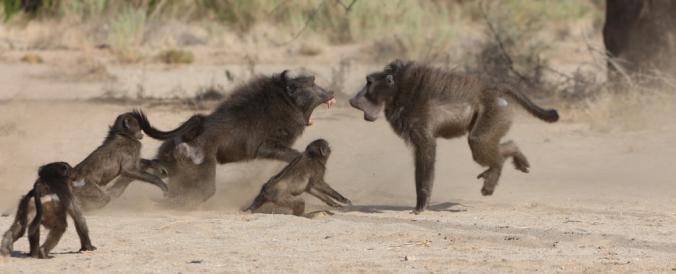The New York Times, November 19, 2014
When we talk about viruses, usually we focus on the suffering caused by Ebola, influenza and the like. But our bodies are home to trillions of viruses, and new research hints that some of them may actually be keeping us healthy.
“Viruses have gotten a bad rap,” said Ken Cadwell, an immunologist at New York University School of Medicine. “They don’t always cause disease.”
Dr. Cadwell stumbled by accident onto the first clues about the healing power of viruses. At the time, he was studying the microbiome, the community of 100 trillion microbes living in our bodies. Scientists have long known that the microbiome is important to our health.
